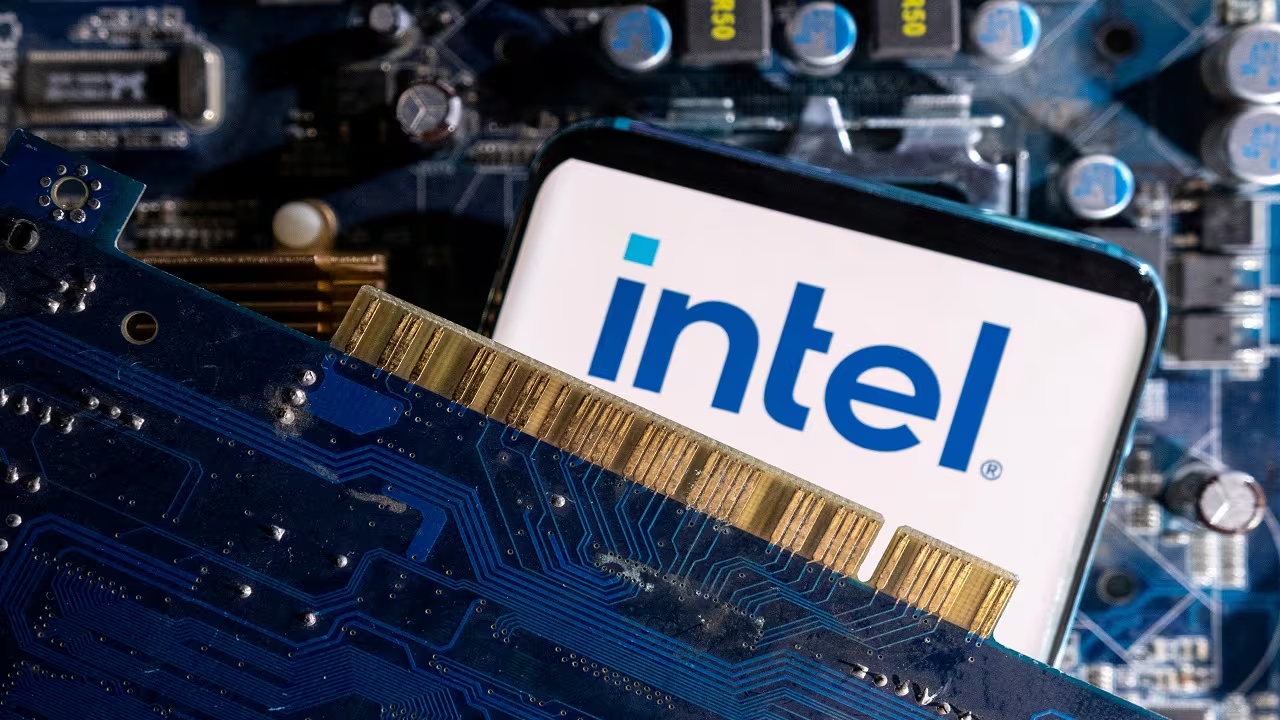Intel has become the leader in R&D spending in the chip industry. The company invested over $16.55 billion in 2024, surpassing Samsung and TSMC. However, despite this large budget, efficiency and stability issues persist with Intel’s latest manufacturing technology, the 18A process.
Intel Leads in R&D Investments
Although Intel is one of the few companies that invests in both chip design and manufacturing, these efforts have not yet translated into tangible success. Its chip manufacturing division continues to report consecutive losses, demonstrating that R&D budgets do not yield immediate returns.

Meanwhile, Samsung has significantly increased its R&D spending. The South Korean tech giant’s $9.5 billion investment represents a 71% increase compared to the previous year. The company focuses on the 2nm process node and advanced technologies such as GAA. Nvidia follows Intel with a $12.5 billion R&D budget. TSMC’s R&D spending remained at $6.36 billion.
According to the latest data, R&D investment alone does not guarantee success. Investments are expected to be properly allocated and yield long-term results. Therefore, high spending is not expected to yield immediate positive results.
This situation also poses a challenge to Intel’s “IDM 2.0” strategy. With this strategy, the company plans to both produce its own chips and provide manufacturing services to other companies. However, these challenges in manufacturing technologies make it difficult for Intel to compete with rivals like TSMC and Samsung.
Analysts indicate that Intel needs more time to reap the rewards of its high investments. However, fierce competition in the chip market may not give the company that time.













